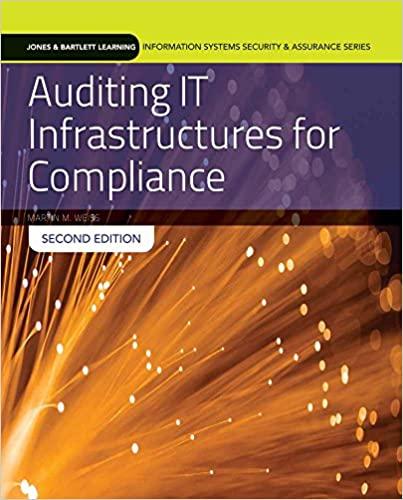Question
QUESTION 1 (30 marks) (Module 6) Reading: Summary by Ben Miele of: Brausch, JM & Taylor TC 1997, Who is accounting for the cost of
QUESTION 1 (30 marks) (Module 6) Reading: Summary by Ben Miele of: Brausch, JM & Taylor TC 1997, Who is accounting for the cost of capacity?, Management Accounting, February, pp. 44-46, 48-50. http://maaw.info/ArticleSummaries/ArtSumBrauschTaylor97.htm (please to this link for details/cpy of the article) Required Read the above article, and in conjunction with material from module 6 and your own research, answer the following questions. Any material used (apart from module 6 materials) should be fully referenced. a) Define the cost of capacity. (1 mark) b) What misled the first mentioned company into investing in a new plant and what were the consequences? (1 mark) c) What is required for effective management of capacity and why? (4 marks) d) Define theoretical and practical capacity, as used in calculating volume variances. (2 marks) e) Identify and explain three common flaws in capacity measurements and outline which types of capacity measurement they apply to (possibly more than one). (7 marks) f) Define the term bottleneck. What solutions for bottlenecks are mentioned in the article that do not require a permanent increase in capacity? Why is a permanent increase costly? How common were bottlenecks in the study? (5 marks) g) The information below relates to XZY Ltd. Use the information to draw up a Schedule of Contribution Margin nor Realized (similar to that demonstrated in the article, although you may need to adapt the format to suit the information given to you). How should this report be used (and not used) in the business? How many businesses in the study used some measure of unused capacity? (8 marks)
|
| Product X | Product Y | Product Z |
| Average selling price | 8.00 | 6.00 | 40.00 |
| Average variable overhead | 1.60 | 1.20 | 8.00 |
| Prime cost (direct material & labour | 5.00 | 3.00 | 26.00 |
| Total capacity at sales product mix | 8,000.000 | 5,000,000 | 6,000,000 |
| Actual production | 7,900,000 | 4,00,000 | 560,000 |
h) Identify and explain two advantages of measuring the cost of capacity (2 marks).
Step by Step Solution
There are 3 Steps involved in it
Step: 1

Get Instant Access to Expert-Tailored Solutions
See step-by-step solutions with expert insights and AI powered tools for academic success
Step: 2

Step: 3

Ace Your Homework with AI
Get the answers you need in no time with our AI-driven, step-by-step assistance
Get Started


